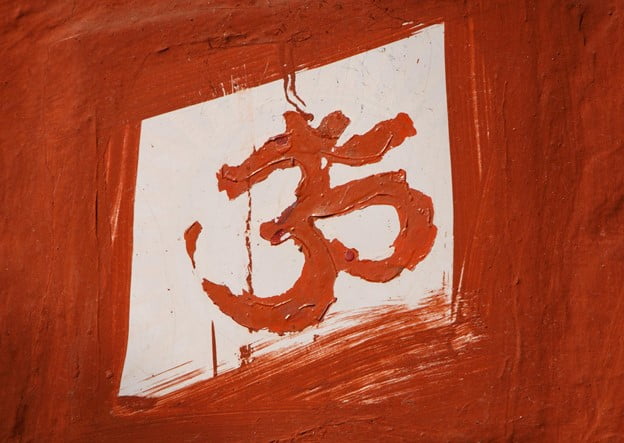Decentralized finance isn’t exclusive to one platform or network, and the Polkadot-based MANTRA DAO intends to unite the disparate world of DeFi under one decentralized autonomous roof.
Polkadot’s entry into the top ten cryptocurrencies by market cap signified the rise of one of the most serious competitors to Ethereum to date. With that emergence comes an obligation to support decentralized finance, enabling the nascent industry to evolve and become more consumer-friendly.
The solution may already be within reach in MANTRA DAO, a decentralized autonomous organization that was the first application to launch on the Polkadot blockchain. It provides a gateway to the world of decentralized staking, borrowing, and yield farming.
DeFi for the Masses
Yield farming arose in the summer of 2020 as a way to incentivize participation in decentralized applications (dApps), allowing users to temporarily commit their tokens in return for daily payouts. In combination with the passive income enabled by Proof-of-Stake (PoS) – where users are rewarded for locking up coins on the blockchain – yield farming and staking epitomize crypto finance.
MANTRA DAO is a decentralized platform for staking and lending where token-holders decide on the governance of the protocol and can stake their cryptocurrencies in return for regular payouts of the native token, OM. Lending and borrowing can be conducted between users themselves, with participants rewarded in OM tokens for their honest behavior and participation. As little as one OM token is required to participate in the platform’s governance process.
Several OM liquidity pools are already in operation, the most recent being an OM/ETH pool on Uniswap. Rewards can also be gained by staking coins on a select few exchanges.
Interoperability and scalability are major priorities for MANTRA DAO, which explains the decision to build on Polkadot – a platform that also aims to connect disparate blockchains. MANTRA DAO itself is well-positioned to act as a bridge between Polkadot applications and those of Ethereum, as its OM token is fully compatible with Ethereum’s ERC20 architecture.
This means users can leverage their tokens on Ethereum-based decentralized applications. Likewise, holders of ERC20 tokens can interact with MANTRA DAO, and other applications built on Polkadot.
MANTRA DAO co-founder Will Corkin has said that interoperability is the key to sending DeFi mainstream, adding, “Not only can we bring Ethereum DeFi to Polkadot, but we can bring all of DeFi to all peers across all platforms.”
Spreading the DeFi Load
Although the DeFi industry is worth around $15 billion at the time of writing, the majority of its activity takes place on an Ethereum blockchain that has struggled under its own weight for some time. End users felt the pressure of this weight in September 2020 when the average fee for transacting on Ethereum rose to just under $15. Responsibility for the sudden surge in network activity and the subsequent hike in transaction fees was laid at the door of runaway DEX success Uniswap, which became a gateway into the world of yield farming.
With Polkadot expected to process in excess of 100,000 transactions per second (a number which could rise to 1 million as the network expands), the bottlenecks created by Ethereum’s current 15 per second transaction count would be a non-issue for DeFi users.
The potential for the next DeFi boom to attract the average non-technical user will depend greatly on accessibility and ease of use. With this in mind, MANTRA DAO has been designed so that features such as staking, voting, and borrowing and lending can be used with a few clicks of a button. Its OM token will reportedly be available for purchase via bank transfer, as well as credit and debit cards.
Conclusion
For DeFi to live up to its hype and potential, it will have to attract the average user and not just the tech-savvy. In such a scenario, user choice will be much less important than interconnectivity for a consumer base that has grown accustomed to their credit, debit and mobile payment options being interchangeable.
A meaningful DeFi landscape will have to share the same level of interoperability, and that’s where MANTRA DAO aims to make its mark.
Image source: Depositphotos.com



















